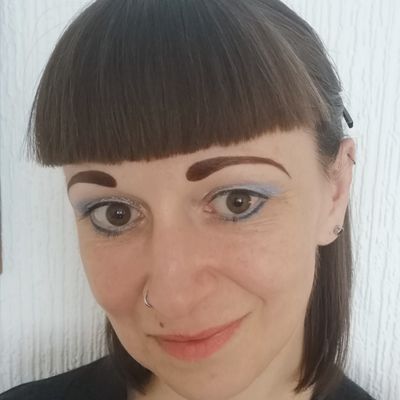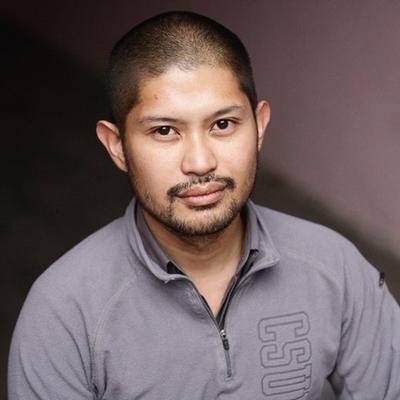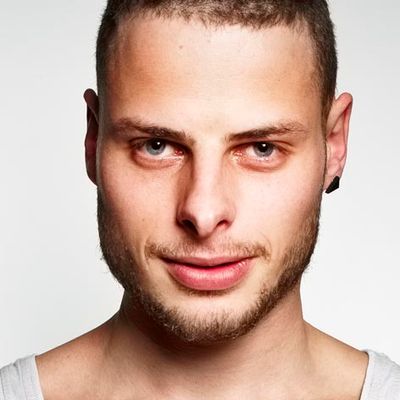Biomodd [TTO15]
![Biomodd [TTO<sup>15</sup>]](https://cdn.sanity.io/images/t39t9igo/production/cb9404c45005dc876f43a298d76550f8db3543df-6240x4160.jpg?w=1152)
resources | |
|---|---|
| Asia-Europe Cultural Festival: 2024 | Biomodd [TT015] | |
| BIOMODD: dialogo fra arte e scienza, natura e tecnologia | |
| Biomodd [TTO15] @ Oriente Occidente festival | |
| ASEF Announcement: Unveiling Biomodd [TTO15] | |
| Announcement of BreakingBoundaries event at #AECFest2024 following Biomodd [TTO15] launch | |
| Asia-Europe Cultural Festival: 2024 | BREAKING BOUNDARIES: Rethinking Art, Technology, and Sustainability for the Future (Biomodd [TTO15]) | |
| "Breaking Boundaries": Roundtable discussion following Biomodd [TTO15] opening | |
Biomodd [TTO15] was an iteration of the Biomodd hyperproject, realized in 2024 at the MUSE Science Museum in Trento, Italy, as part of the Asia Europe Cultural Festival and the Oriente Occidente Dance Festival. The project brought together SEADS members with a diverse group of local innovators, artists, scientists, and designers, who collaborated during an intense four-day workshop to create a monumental installation. The design of this particular iteration of Biomodd was partly inspired by the concept of cultural exchange, with its form reflecting the intersection of different traditions and ideas.
Biomodd [TTO15] continued Biomodd's exploration of symbiosis between nature, technology, and humanity. It featured the integration of computer systems that channel excess heat to support the growth of plants and algae within the artwork, a hallmark of previous Biomodd projects. Additionally, this iteration introduced innovations such as using aeration tubes to protect LED lights, enhancing both functionality and aesthetics.
This iteration of Biomodd stands as the first in Italy, adding to the nearly 40 versions built by SEADS in various parts of the world with local communities.

Photo © Pieter Steyaert
Amy Holt (SEADS), Diego Maranan (University of the Philippines/SEADS), Pieter Steyaert (SEADS), Lorenzo Airaghi, Fiore Enea Cabra, Raimondo Coppola, Elisa Delpero, Maria Magdalena Gherghinescu, Francesco Guzzonato, Gianpiero Monittola, Giorgia Lauro, Carly Oreck, Luca Pecile, Giulio Pellizzoni, Giancarlo Sciascia.





























